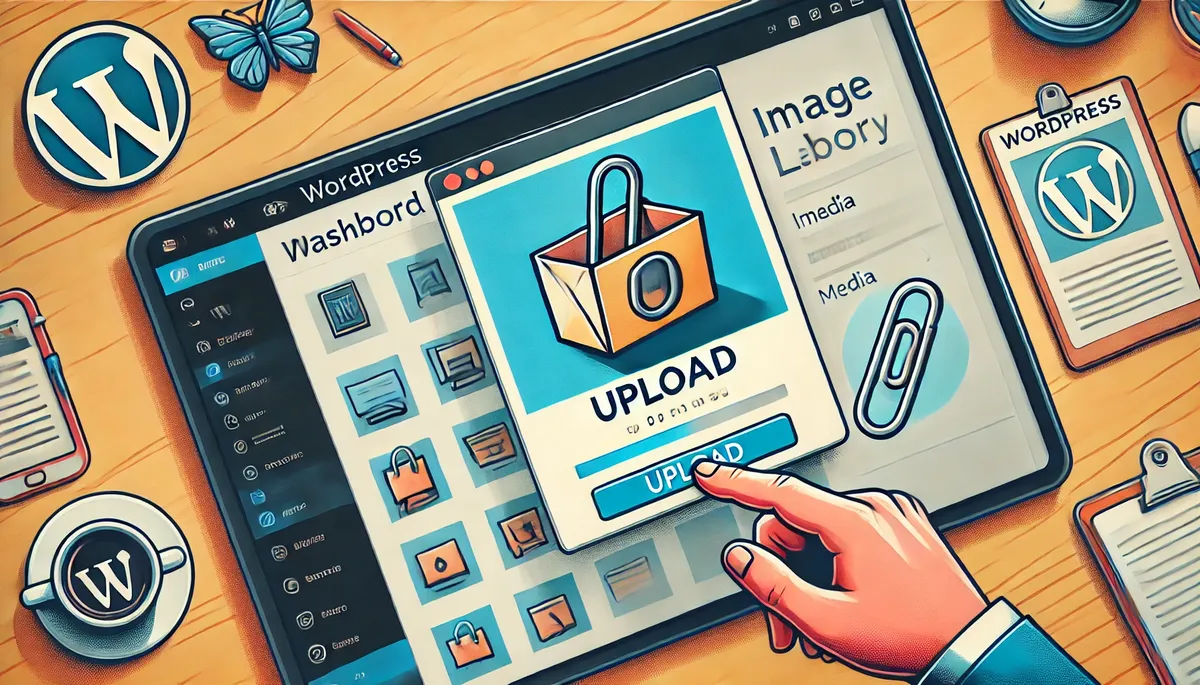Attachment

Attachments in WordPress serve as integral components for managing and customizing media files associated with posts and pages.
These files, including images, documents, and videos, can be uploaded either directly to the Media Library or as attachments to specific posts.
Theme developers can exploit attachments to manipulate the visual presentation of posts by utilizing template tags and conditional template tags.
Furthermore, media files can be attached to multiple posts simultaneously, providing versatility in content organization.
A comprehensive comprehension of attachments is imperative for developers and website owners seeking to exert control over their media assets in WordPress.
Summary & Key Takeaways
Hide- Attachments in WordPress refer to files uploaded to WordPress from the post edit screen.
- Files uploaded using the AddMedia button from the post edit screen automatically become attachments of that particular post.
- Attachments can be used by theme developers to manipulate the appearance of posts.
- Media uploaded into a post or referenced in a post automatically becomes attached to that post.
What is Attachment in WordPress and How Attachments Work?
Attachments in WordPress work by allowing files to be uploaded and associated with specific posts or pages, providing theme developers with the ability to manipulate the appearance of these posts.
The benefits of using attachments in WordPress are numerous.
Firstly, attachments enhance the visual appeal of posts, making them more engaging and captivating for readers.
Secondly, attachments allow for the inclusion of various media types, such as images, videos, and audio files, providing a rich and immersive experience for users.
Lastly, attachments enable theme developers to customize the layout and design of posts, ensuring a cohesive and visually appealing website.
To effectively manage attachments in WordPress, it is important to follow some best practices.
Firstly, it is crucial to regularly organize and categorize attachments to ensure easy accessibility and retrieval. This can be achieved by creating a logical folder structure within the media library.
Secondly, it is advisable to optimize attachments for web performance by compressing images and videos to reduce file size without compromising quality. This will result in faster loading times and improved user experience.
Additionally, it is essential to regularly review and update attachments to ensure they are still relevant and aligned with the website’s content strategy.
Advanced Attachment Features for Developers
Developers can enhance the functionality and visual appeal of posts by utilizing advanced features related to media attachments in WordPress.
By customizing post appearance with attachments, developers can create a unique and engaging user experience. One way to manipulate posts with attachments is by using conditional template tags.
These tags allow developers to display different content based on specific criteria, such as the presence of attachments.
This can be useful for creating dynamic layouts and personalized post displays.
Additionally, developers can customize the appearance of posts by utilizing template tags that work specifically with attachments.
These tags allow for the display of post images, which can be set to default, category-specific, or unique for each post.
Overall, by leveraging advanced attachment features, developers have the power to create visually appealing and highly customized posts in WordPress.
| Attachment Features for Developers | ||
|---|---|---|
| Customizing post appearance with attachments | Manipulating posts with conditional template tags |
Attaching Media to Specific Posts
The process of attaching media to specific posts in WordPress can be easily accomplished using the Media Library subpanel.
This feature provides several benefits for users, including the ability to reattach media and enhance the overall functionality and appearance of their posts.
Reattaching media: If a post is deleted, the attached media becomes unattached. However, users have the option to reattach this media to a new post, allowing for easy organization and management of content.
Improved functionality: Attaching media to specific posts allows users to create a more cohesive and structured website.
By associating media directly with relevant posts, users can enhance the overall user experience and provide more targeted and relevant content.
Enhanced appearance: Attaching media to specific posts enables users to customize the appearance of their posts.
They can easily manipulate the appearance of posts by utilizing attachments, such as post images, and customize them to be default, category-specific, or unique for each post.
Overall, the process of attaching media to specific posts in WordPress offers users the opportunity to improve organization, functionality, and appearance, resulting in a more powerful and impactful website.
